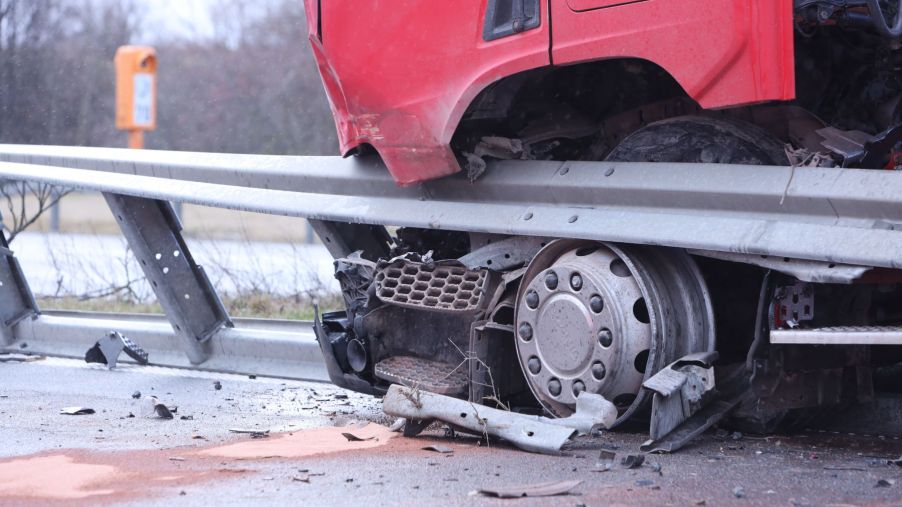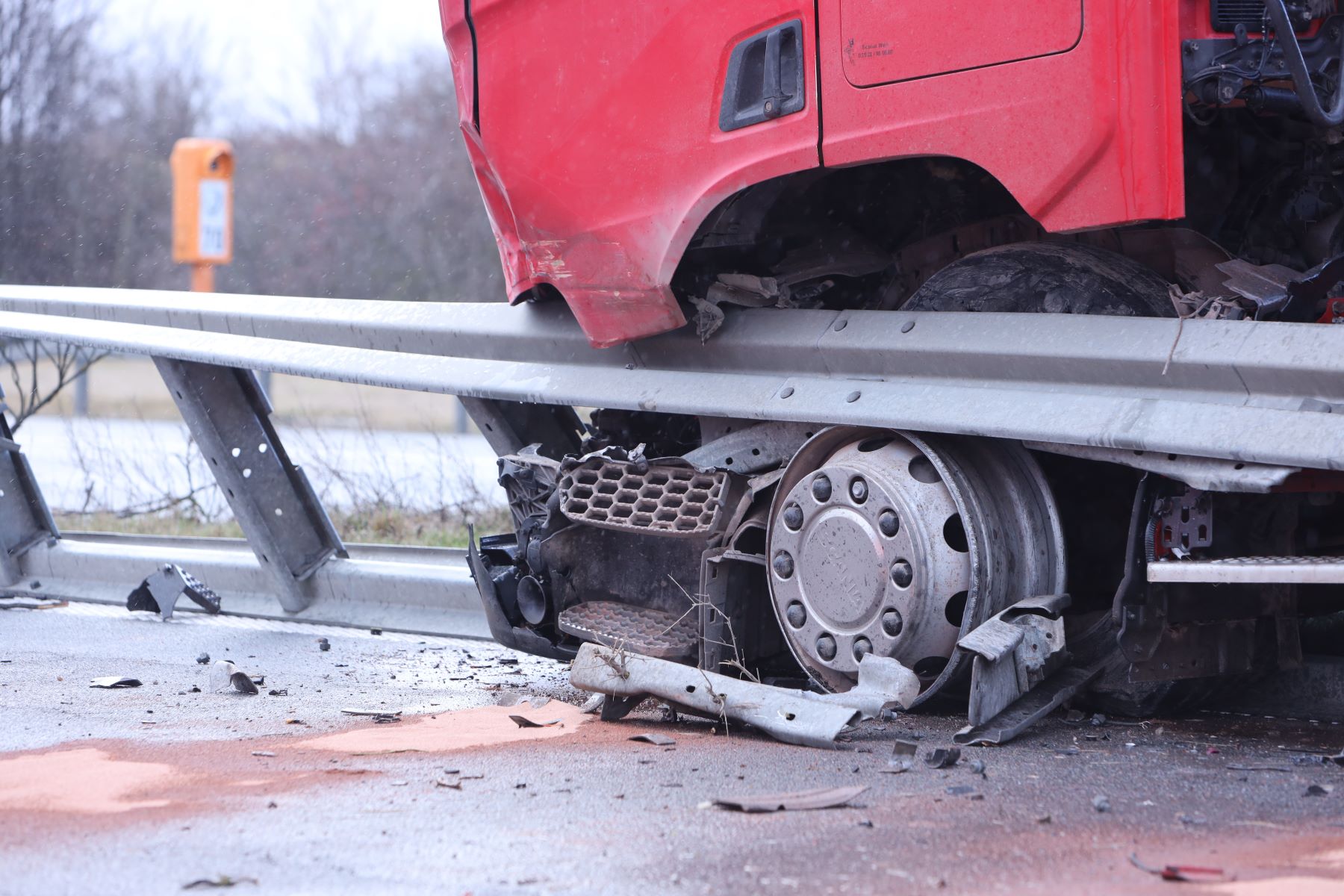
Surviving a Tire Blowout and What to Do Next
Sometimes when tires go flat, they do so suddenly and violently. Also known as a blowout, this sudden loss of tire air pressure presents a dangerous situation at highway speeds. If, or when, this happens to you, will you know what to do?
What is a tire blowout?

A tire blowout typically results from a ripped tire sidewall or tire failure due to a separation in the tire’s construction. You may hear a loud pop or boom from underneath or outside of your car, feel the car drop down as it rests on the wheel without the tire holding it off the roadway, and your steering wheel will likely shake and begin pulling to one side or the other. You may also see pieces of your tire flying off or lying on the road when looking in your mirrors.
Are blowouts fatal?
A 2003 National Highway Traffic Safety Administration study focused on passenger vehicles found that before tire pressure monitoring systems became prevalent, tire-related incidents such as flats and blowouts contributed to around 10,275 non-fatal injuries, 78,392 car crashes, and an estimated 414 fatalities.
The most significant danger when experiencing a blowout is losing control of your vehicle, leading to contact with another car or leaving the roadway, overturning, or striking a roadside object. Retaining control of your car during a blowout is the most significant factor in surviving a tire blowout and depends on how you react to it while driving. A few simple tips should help.
Can you survive a blowout?
Surviving a tire blowout depends on your ability to maintain control of your vehicle during the event. Allstate provides the following advice:
- Stay calm. Your car could shake violently and pull to one side. Over-correcting could cause you to crash.
- Don’t use your brakes. “This will cause your wheels to lock up and will lead to a total loss of control,” Allstate reports.
- “Accelerate slightly and steer as straight as possible,” Allstate added.
- Once you have control, gently remove your foot from the accelerator allowing your car to slow on its own. The blown tire will slow the vehicle effectively.
- Turn on your emergency hazard lights.
- “Steer towards the right-hand lane and pull over when it’s safe,” Allstate added. Be sure to pull over as far as possible on a wide shoulder area to allow room to change the tire. Call the police or a roadside assistance service if it’s unsafe to do so.
According to Car and Driver, underinflated tires are the leading cause of tire blowouts. Low tire pressure allows the tire to flex under the car’s weight. This flexing builds up excessive heat at highway speeds causing the tire’s construction to fail. Keeping your tires properly inflated is the best thing you can do to prevent tire blowouts.
Does insurance cover tire blowouts?
Your car insurance policy may cover tire blowouts and any resulting vehicle damage in some situations. Still, each auto insurance company and policy is different, so it’s best to check with your insurance agent. If you purchased your tires new, there’s a chance you bought a road hazard warranty policy that covers your tires in the event of a ruined tire due to hitting something while driving, and it may also pay for damage due to underinflated tires.



